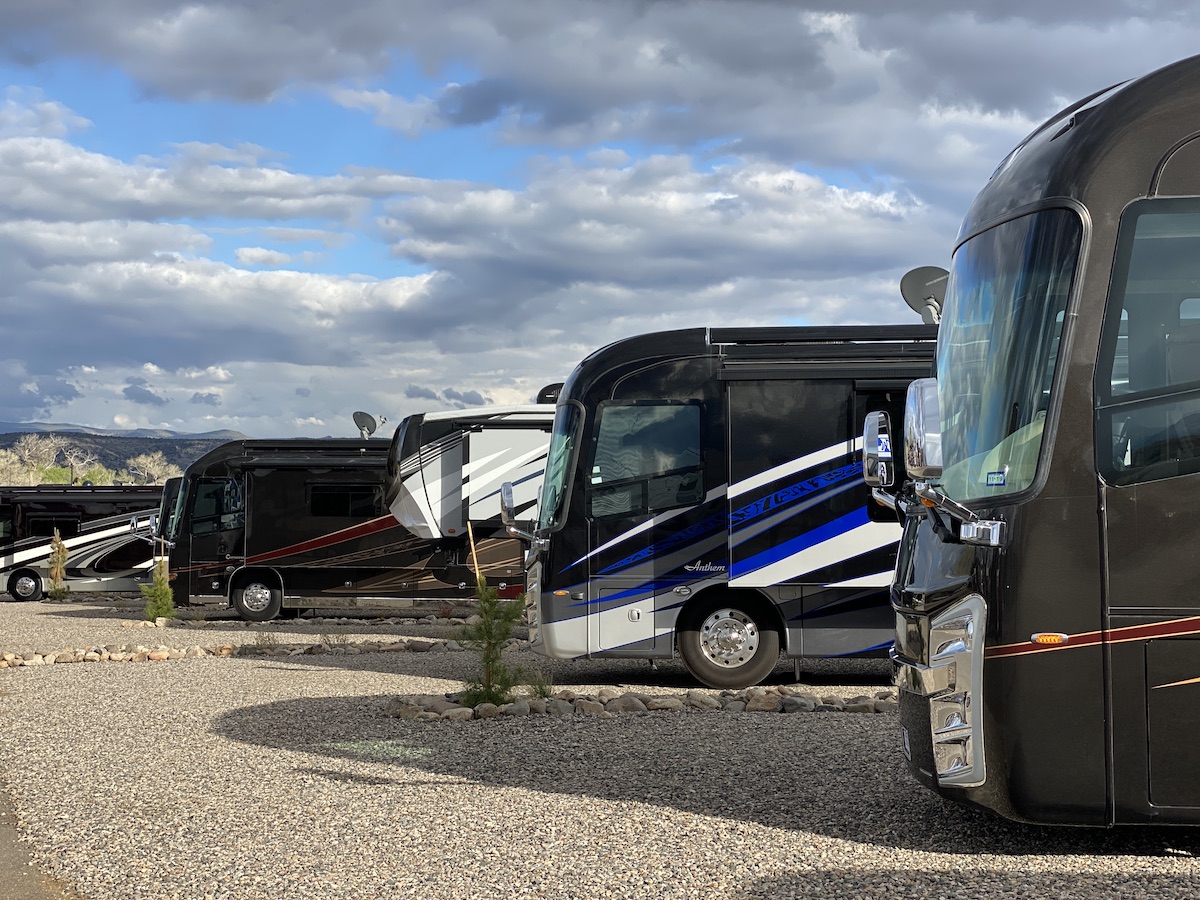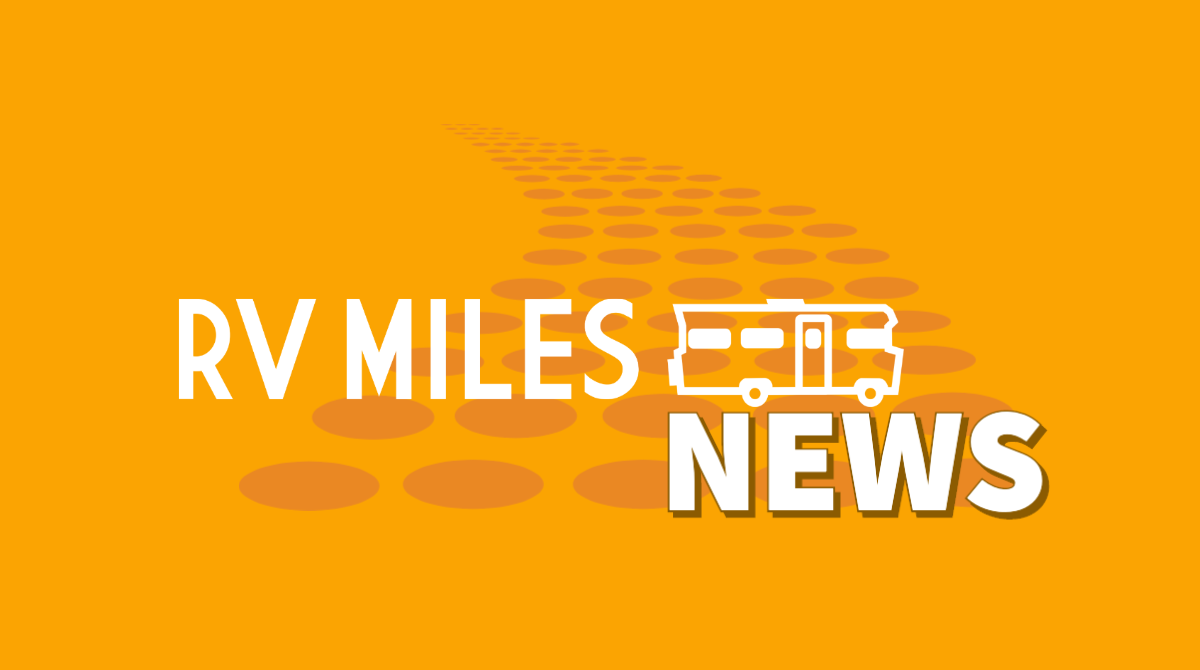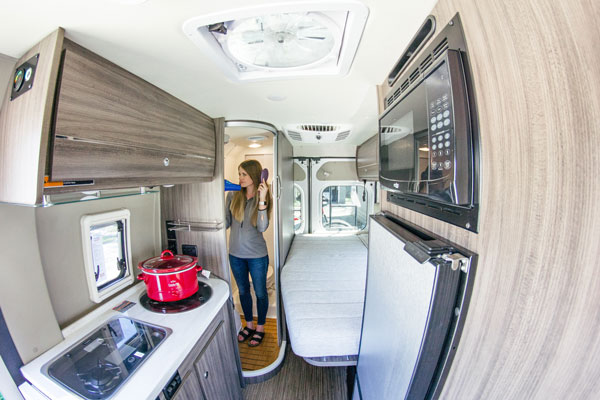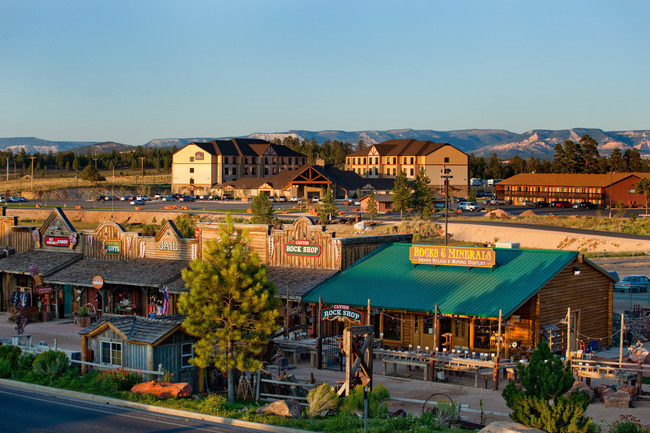By Jason Epperson
As this nation looks forward to resurfacing from the grasp of the COVID-19 pandemic, industries from every sector are trying to predict what the future might hold for their customers.
The RV industry is no different. RV manufacturers, dealers, and suppliers are fairly bullish about the return of the American economy, and for good reason. No doubt that road trips will mark the return of a tourism industry that generated over $1.1 trillion in economic output last year, supporting 9 million U.S. jobs.
RVs will undoubtedly be the centerpiece of any return to travel for Americans, as concern over the tight quarters of air travel and cruise ships lingers. Still, the road to recovery for RV manufacturers will likely remain bumpy as consumers deal with lost income, increasing debt, and stalled investments. Will they be able to afford that new RV? Will they be able to afford the payments on the one they own now? No doubt, RV values will decrease across the board if the market is flooded with used units.
There is one segment of RV consumers that is sure to flourish in the coming months and years, however: full-time RV living.
Full-timing is already massively popular, having boomed since the advent of reliable cellular internet access. According to a 2018 study by the RV Industry Association, over 1 million people live full-time in their RVs. That’s double the 500,000 reported just over a decade prior. Back then, retirees, traveling workers (like nurses, pipeline workers, and salespeople) constituted the majority of full-timers. Now, digital nomads — people who work remotely on the internet — are on the rise.
Digital nomads are largely a part of the gig economy — independent graphic designers, web developers, authors, and the like. Long holding many back from the dream of traveling the country in an RV has been their employer’s need to have them in the office. But as more companies adapt to the challenges of this pandemic, they’re learning that many employees can work from home — or from anywhere. Zoom and Google hangouts already allowed meetings to be conducted from anywhere. And enterprise software like Microsoft Office and Adobe products were already becoming more collaborative, allowing dozens of people to work on one project from anywhere in the world. The difference now, while most of the country shelters in place, is that companies are actually stepping out of the past and using these tools to keep their business afloat.
Going forward, many organizations may begin to realize that office space, printers, fax machines and phone lines aren’t as essential as they once were. Some may even be forced to dump some of that overhead to keep afloat during this recession.
At the same time, the thing that sparked the boom in full-time living in the first place is about to get better. Mobile internet. The merger between T-Mobile and Sprint will create a real third major competitor for AT&T and Verizon, which could improve service while decreasing prices. The big carriers are all building a 5G infrastructure as fast as they can. In theory, 5G can reach speeds that are 20 times faster than 4g.
They’re all trying to outpace each other, but more importantly, they’re scared of the looming threat of satellite internet. Satellite internet has existed for some time, but it’s been clunky, slow, and expensive. Low-orbit satellite technology is about to change that. Elon Musk’s Starlink is expected to begin offering high-speed data to Canada and the northern states by the end of this year. By summer 2021, high-speed, unlimited satellite internet may be available to everyone in America, and most of the world, for as little as $80 a month and the cost of a pizza-box sized antenna. I don’t know a single RVer who wouldn’t gladly trade their current cellular setup for that.
I believe there will be an absolute explosion in new full-time RVers in the coming year or two, and several industries would do well to prepare. RV manufacturers need to adapt to provide warranties that aren’t void to full-timers, and they need to improve quality as their units become much more heavily used. Dealerships and suppliers need to vastly improve on the time it takes to get RV repairs accomplished. More campgrounds need to be built. More lenders and insurance companies need to be accepting of fulltime life. States and municipalities need to be better at offering digital or mail-in options for driver’s license renewal, voting, and vehicle inspections. Homeschool laws need to adapt. And when something like the Coronavirus pandemic happens again, the government needs to be much better prepared to deal with the fact that people live in campgrounds and on the road.
The entry hurdles to fulltime RVing — or even just extended travel and snowbirding — are going to be a heck of a lot lower in the coming months. Remote work, new industries, better internet, and affordable used RVs will all play a part, but nothing more so than the new American dream of minimalism, financial independence, and a life of travel on the open road.
In the coming weeks, we’re introducing a series of videos, podcast episodes, and how-to articles at RV Miles, aimed to help the new full-timer in this new decade discover America. We hope you’ll join us.








